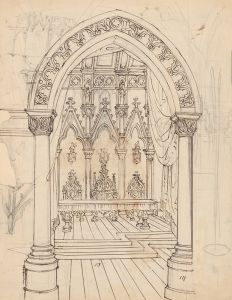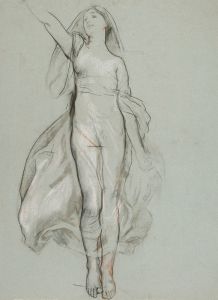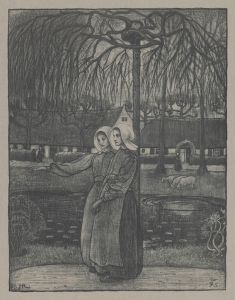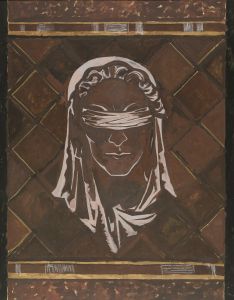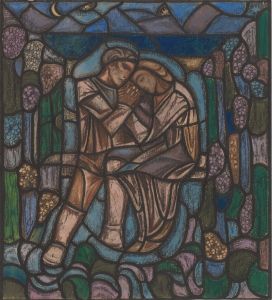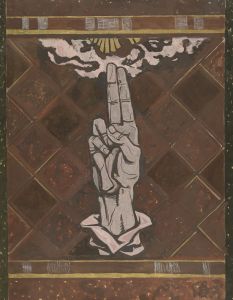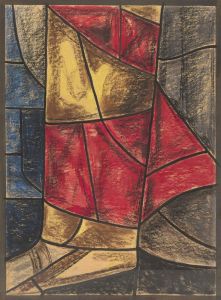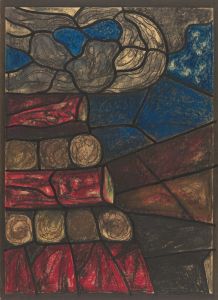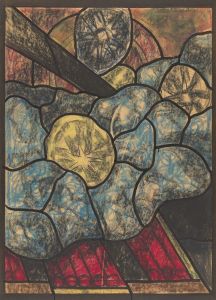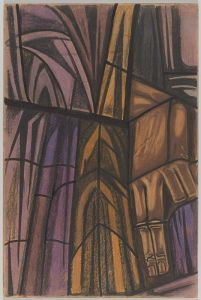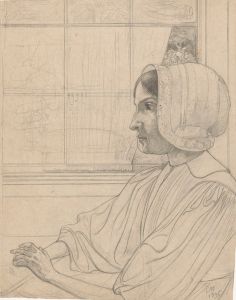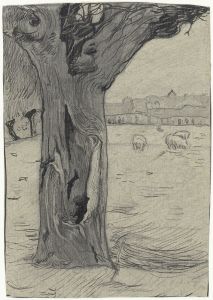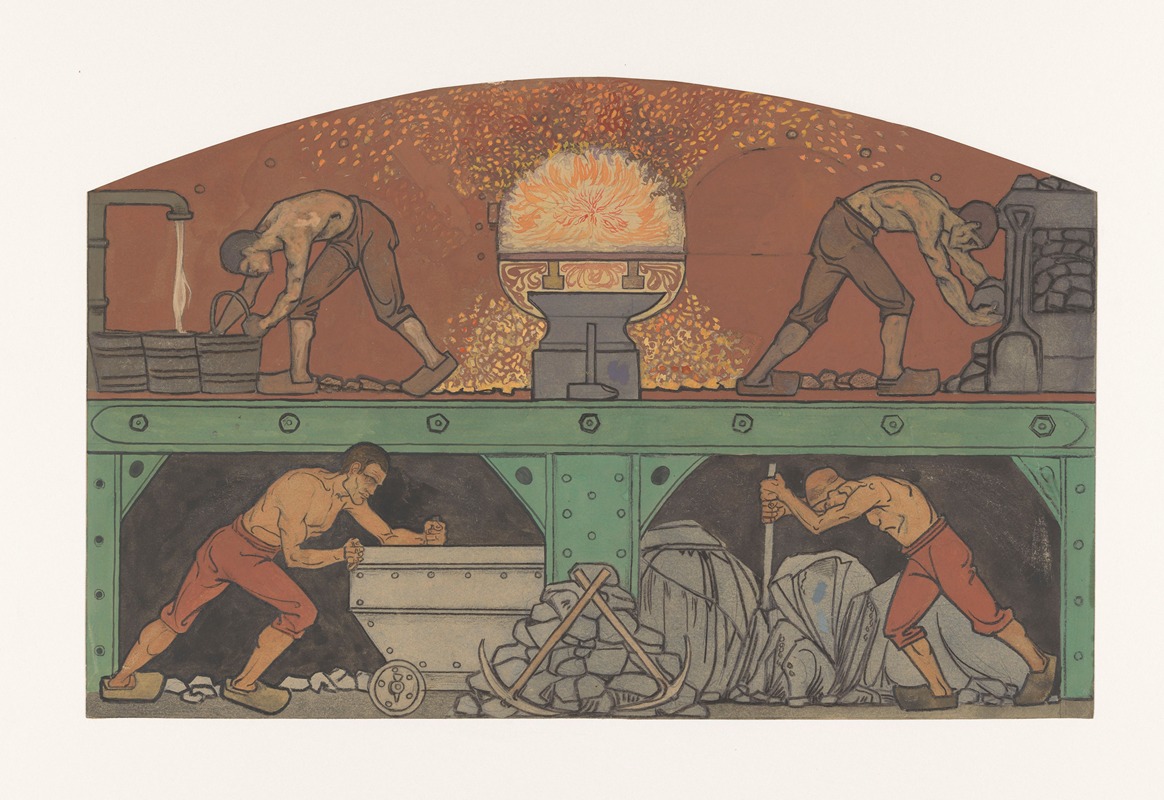
Ontwerp voor schildering in de beurs van Berlage; De Industrie
A hand-painted replica of Richard Nicolaüs Roland Holst’s masterpiece Ontwerp voor schildering in de beurs van Berlage; De Industrie, meticulously crafted by professional artists to capture the true essence of the original. Each piece is created with museum-quality canvas and rare mineral pigments, carefully painted by experienced artists with delicate brushstrokes and rich, layered colors to perfectly recreate the texture of the original artwork. Unlike machine-printed reproductions, this hand-painted version brings the painting to life, infused with the artist’s emotions and skill in every stroke. Whether for personal collection or home decoration, it instantly elevates the artistic atmosphere of any space.
Richard Nicolaüs Roland Holst was a prominent Dutch artist known for his contributions to the Symbolist movement and his involvement in various artistic and social causes. One of his notable works is "Ontwerp voor schildering in de beurs van Berlage; De Industrie," which translates to "Design for a Painting in the Beurs van Berlage; The Industry." This artwork is part of a larger series of designs intended for the Beurs van Berlage, a building in Amsterdam that served as the city’s commodities exchange.
The Beurs van Berlage, designed by architect Hendrik Petrus Berlage, is considered a masterpiece of Dutch architecture and a precursor to modernist design. Completed in 1903, the building was intended to be a center not only for commerce but also for culture and social interaction. Berlage envisioned the Beurs as a Gesamtkunstwerk, or a "total work of art," where architecture, art, and design would come together to create a harmonious and unified environment. To achieve this vision, Berlage invited several artists to contribute to the building's decoration, including Roland Holst.
Roland Holst's contribution to the Beurs van Berlage includes a series of murals and designs that reflect the social and economic themes of the time. "De Industrie" is one such design, focusing on the theme of industry and its role in society. The artwork is characterized by its symbolic representation of industrial progress and its impact on human life. Roland Holst's style is marked by a strong use of line and form, often incorporating allegorical figures and motifs that convey deeper philosophical and social messages.
The design for "De Industrie" was part of a broader artistic movement in the late 19th and early 20th centuries that sought to integrate art into everyday life and public spaces. This movement was influenced by the Arts and Crafts movement and the ideas of social reformers who believed that art could play a role in improving society. Roland Holst, who was deeply influenced by these ideas, often used his art to comment on social issues and to promote ideals of cooperation and community.
In "De Industrie," Roland Holst likely aimed to depict the dual nature of industrialization—its potential to bring about progress and prosperity, as well as its capacity to disrupt traditional ways of life and create social inequalities. While specific details of the design are not extensively documented, it is consistent with Roland Holst's broader body of work, which frequently explored themes of labor, industry, and social justice.
The Beurs van Berlage itself remains an important cultural landmark in Amsterdam, hosting various events, exhibitions, and conferences. Roland Holst's contributions to the building's artistic program are an integral part of its historical and cultural significance, reflecting the ideals of a period when art was seen as a vital component of public life and social progress.
Overall, "Ontwerp voor schildering in de beurs van Berlage; De Industrie" exemplifies Richard Nicolaüs Roland Holst's commitment to using art as a means of engaging with the social and economic issues of his time, and it remains a testament to the enduring legacy of the Beurs van Berlage as a center of art and culture.





